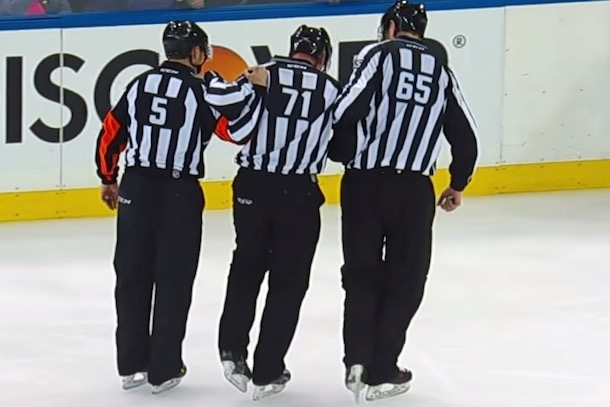



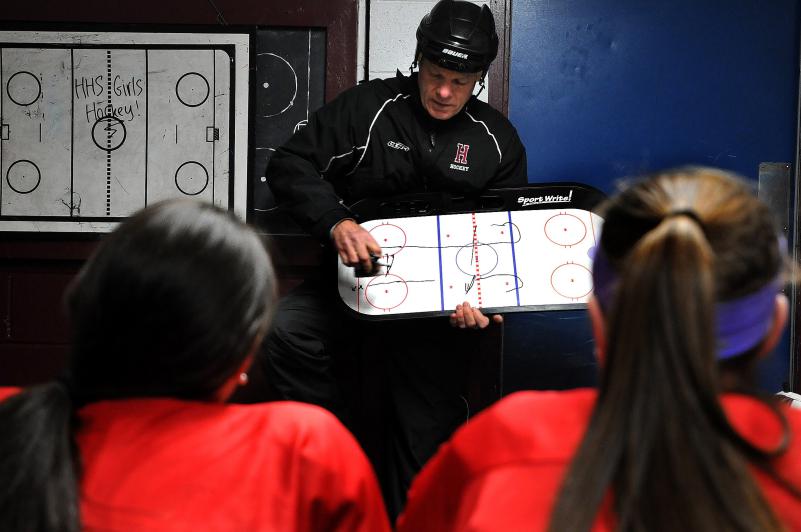

TRIA's 4 things coaches must know prior to an emergency
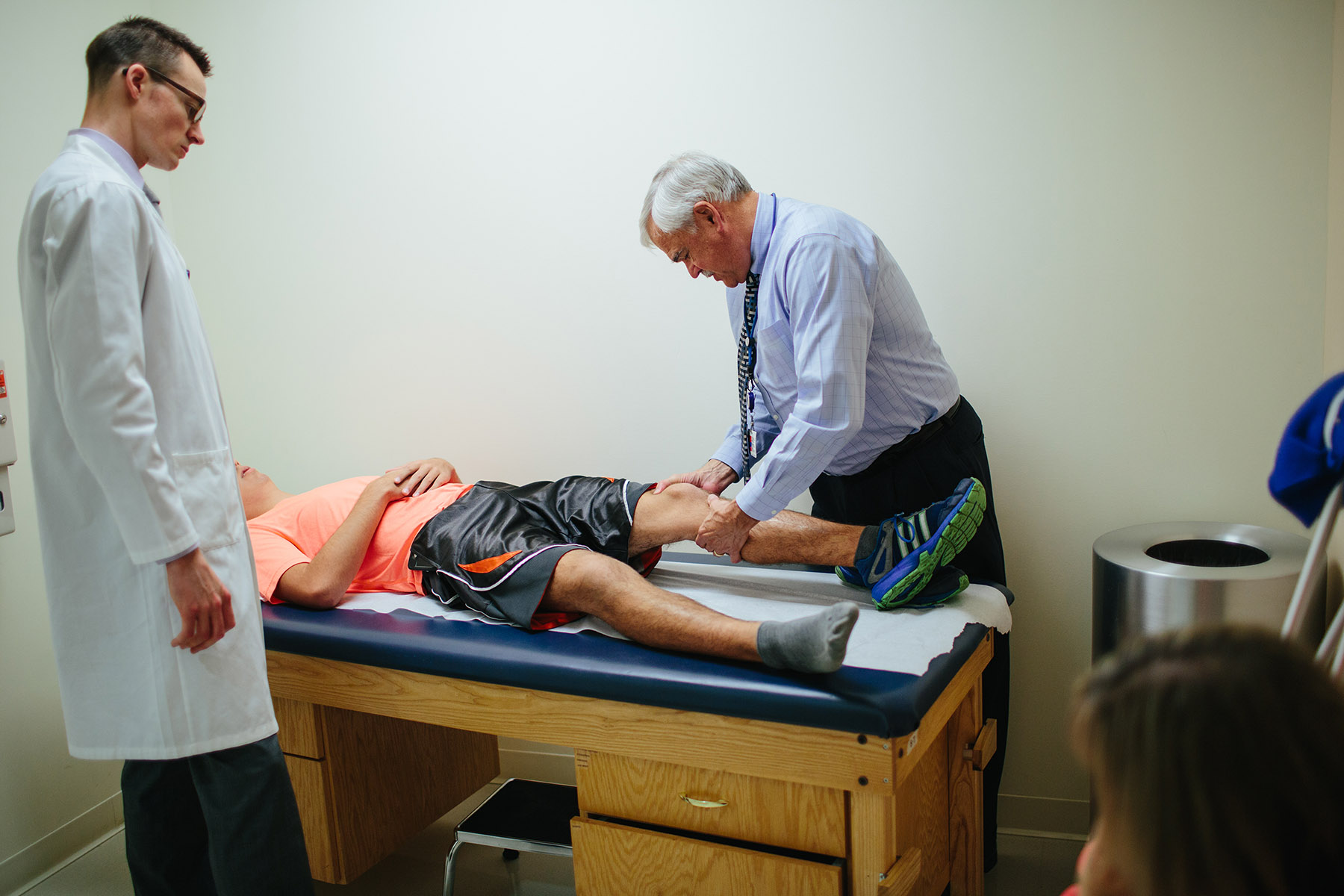

TRIA examines medial collateral ligament injuries and treatment
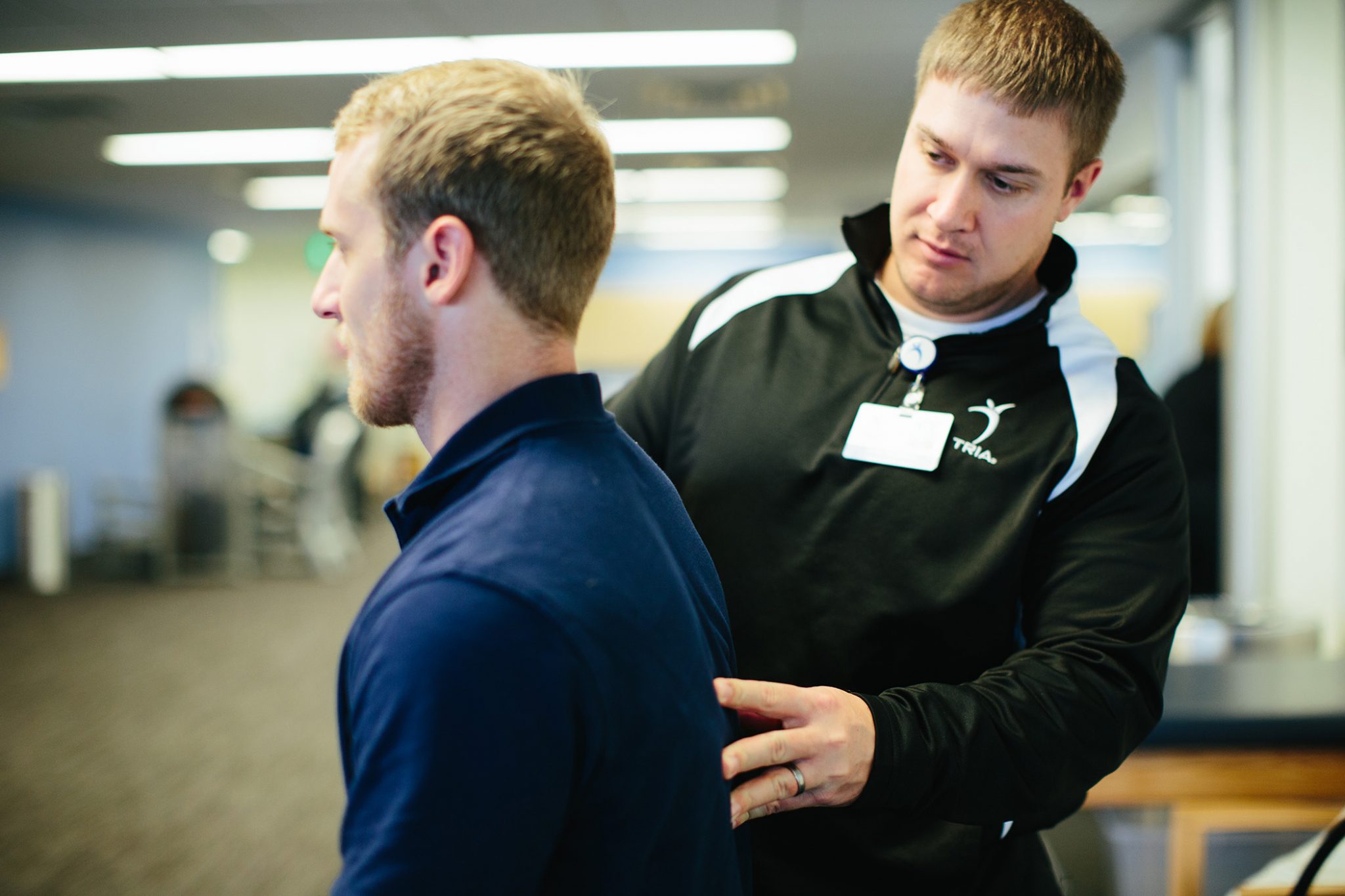

TRIA provides some answers
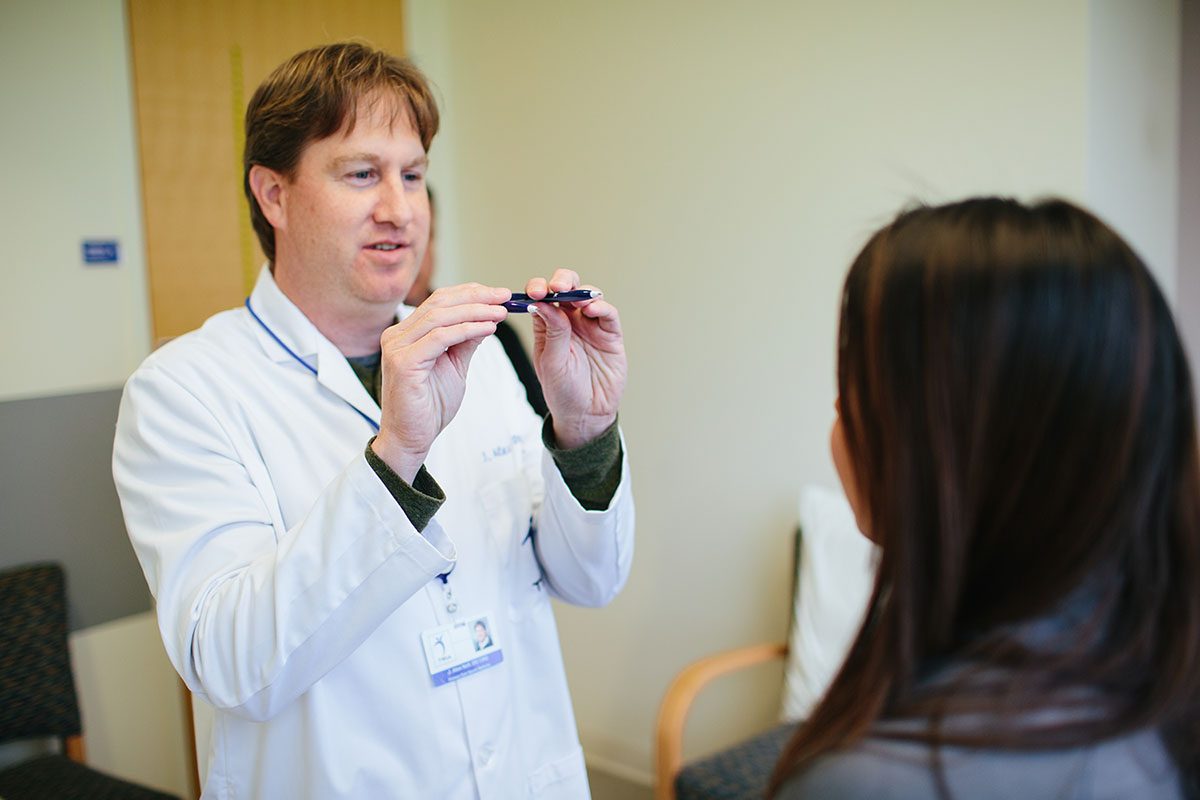

5 things to do if you think you have a concussion